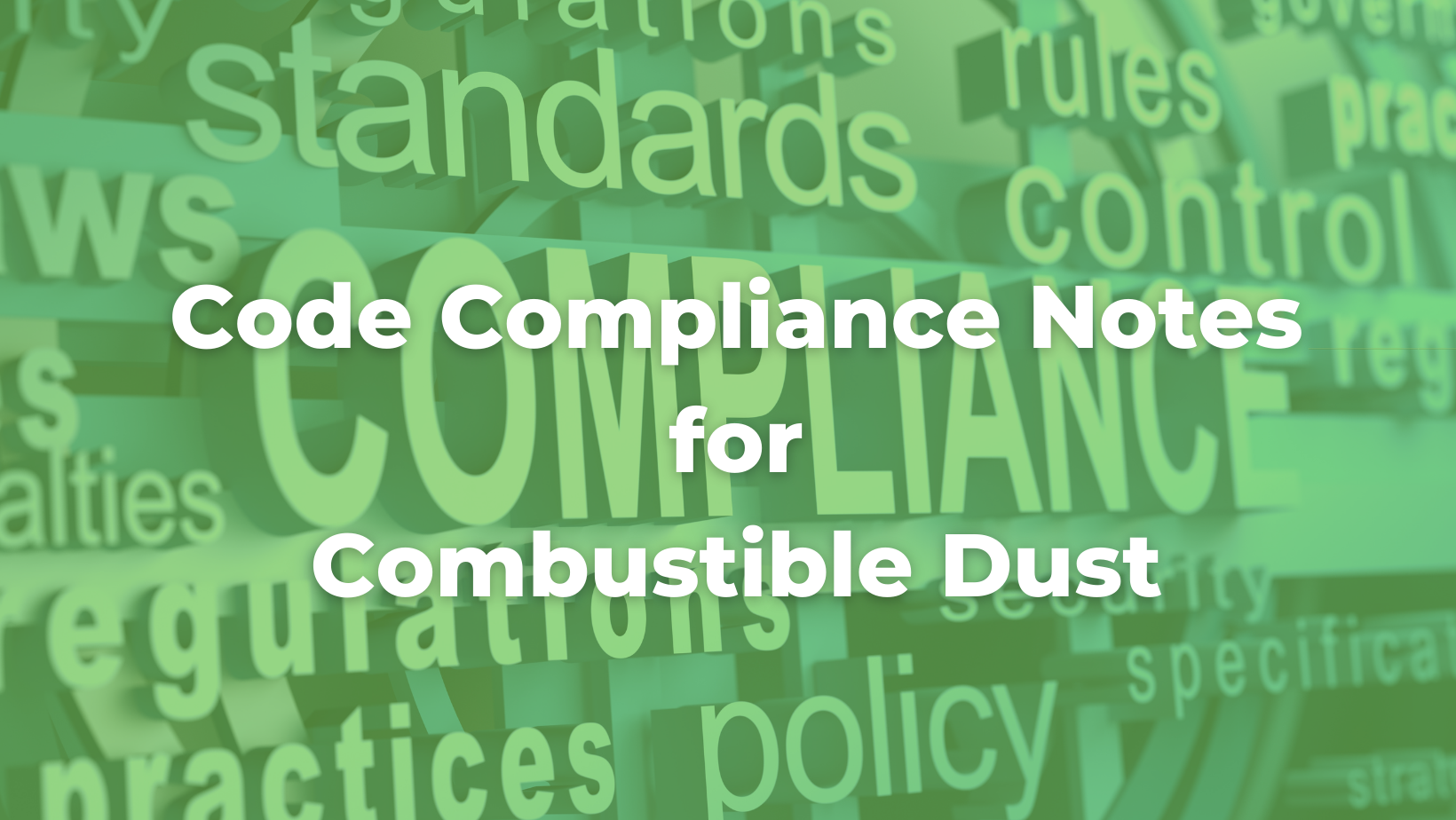
To address combustible dust hazards, regulatory bodies like the National Fire Protection Association (NFPA) and the Occupational Safety and Health Administration (OSHA) have developed specific codes and standards. Here are the key NFPA and OSHA codes for combustible dust and how they contribute to promoting workplace safety.
Understanding NFPA
The National Fire Protection Association (NFPA) is a global nonprofit organization committed to reducing fire and other hazards. NFPA establishes standards and codes that help businesses, industries, and communities adopt best practices for fire safety and risk management.
NFPA Codes for Combustible Dust
-
NFPA 652: Standard on the Fundamentals of Combustible Dust
- NFPA 652 serves as the foundation for combustible dust safety. It outlines general requirements for identifying, evaluating, and managing combustible dust hazards in various industries.
- This standard emphasizes the importance of conducting a Dust Hazard Analysis (DHA) to assess the potential risks associated with combustible dust in a workplace.
-
Industry-Specific NFPA Standards
- NFPA has developed specific codes tailored to various industries that handle combustible dust. Some notable examples include:
- NFPA 61: Standard for the Prevention of Fires and Dust Explosions in Agricultural and Food Processing Facilities
- NFPA 664: Standard for the Prevention of Fires and Explosions in Wood Processing and Woodworking Facilities
- NFPA 484: Standard for Combustible Metals
- NFPA 654: Standard for the Prevention of Fire and Dust Explosions from the Manufacturing, Processing, and Handling of Combustible Particulate Solids
- NFPA has developed specific codes tailored to various industries that handle combustible dust. Some notable examples include:
Understanding OSHA
The Occupational Safety and Health Administration (OSHA) is a federal agency under the United States Department of Labor responsible for ensuring safe and healthy working conditions for employees.
OSHA Codes for Combustible Dust
-
Hazard Communication Standard (HCS) - 29 CFR 1910.1200
- OSHA's Hazard Communication Standard ensures that employers provide comprehensive information about hazardous chemicals, including combustible dust, to their employees.
- Employers must communicate the dangers of combustible dust through Safety Data Sheets (SDS) and proper labeling of containers.
-
General Duty Clause - 29 USC 654(a)(1)
- The General Duty Clause is a catch-all regulation that requires employers to provide a workplace free from recognized hazards that may cause serious injury or death.
- OSHA uses this clause to address combustible dust hazards if there are no specific regulations covering a particular industry or situation.
Combustible dust hazards can lead to devastating consequences if not managed effectively. NFPA and OSHA codes provide essential guidelines to help employers and industries reduce the risks associated with combustible dust. By adhering to these codes, conducting DHAs, implementing engineering controls, maintaining proper housekeeping, and prioritizing employee training, businesses can create safer workplaces and protect their most valuable assets—their employees. Embracing a proactive approach to combustible dust management not only ensures code compliance but also reinforces a strong safety culture that safeguards lives and fosters a productive and responsible working environment.
Learn how Hughes Environmental can help you be code compliant with combustible dust here.

